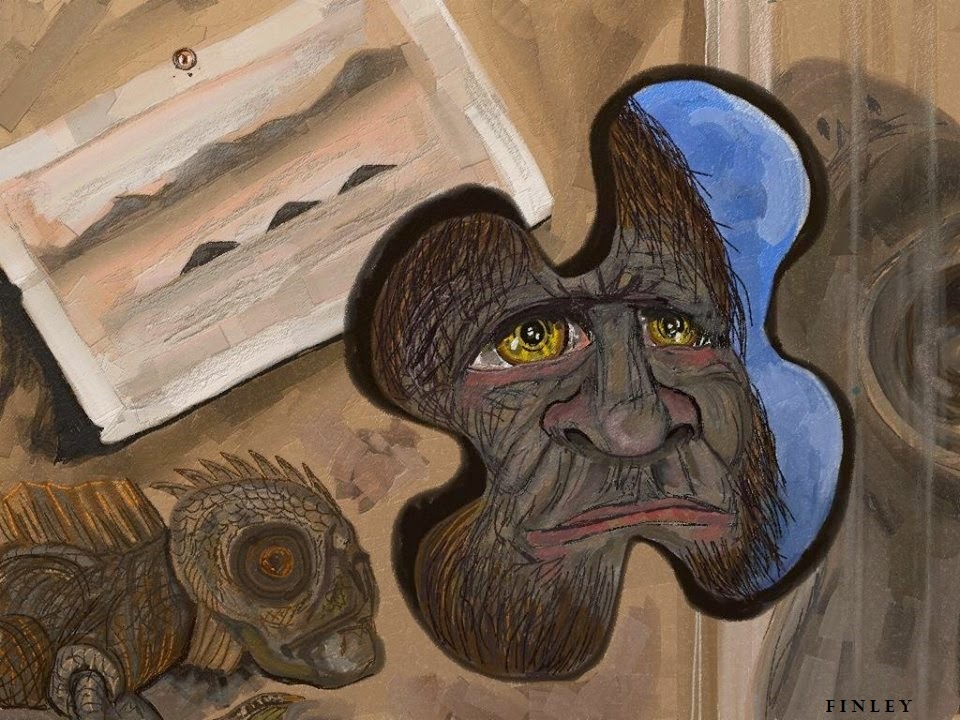 |
| Illustration of Perupithecus ucayaliensis by Jorge González |
Arguably one of the best nicknames for the continent Africa is that of 'The Mother Continent', a name owing to the fact that our own Mitochondrial Eve can be traced to this location. However,
Homo sapiens was not the only primate species to derive out of Africa. A
paper recently published in the journal
Nature has revealed new fossil material which sheds light on the origins of South America’s iconic monkey species. In 2010, a team of paleontologists led by Los Angeles County Natural History Museum curator Dr. Ken Campbell uncovered the teeth of three novel extinct primates in the east Peruvian Amazon. The first specimen took two years to identify as a result of its anatomy being distinct from that of modern day South American monkeys, the platyrrhines. The date of this species was traced to the Eocene epoch approximately 36 million years ago, making it ten million years older than any other fossil platyrrhine known. As a result, the newly named
Perupithecus ucayaliensis is considered by scientists as a significant piece of the puzzle that is the evolutionary history of South American monkeys.


